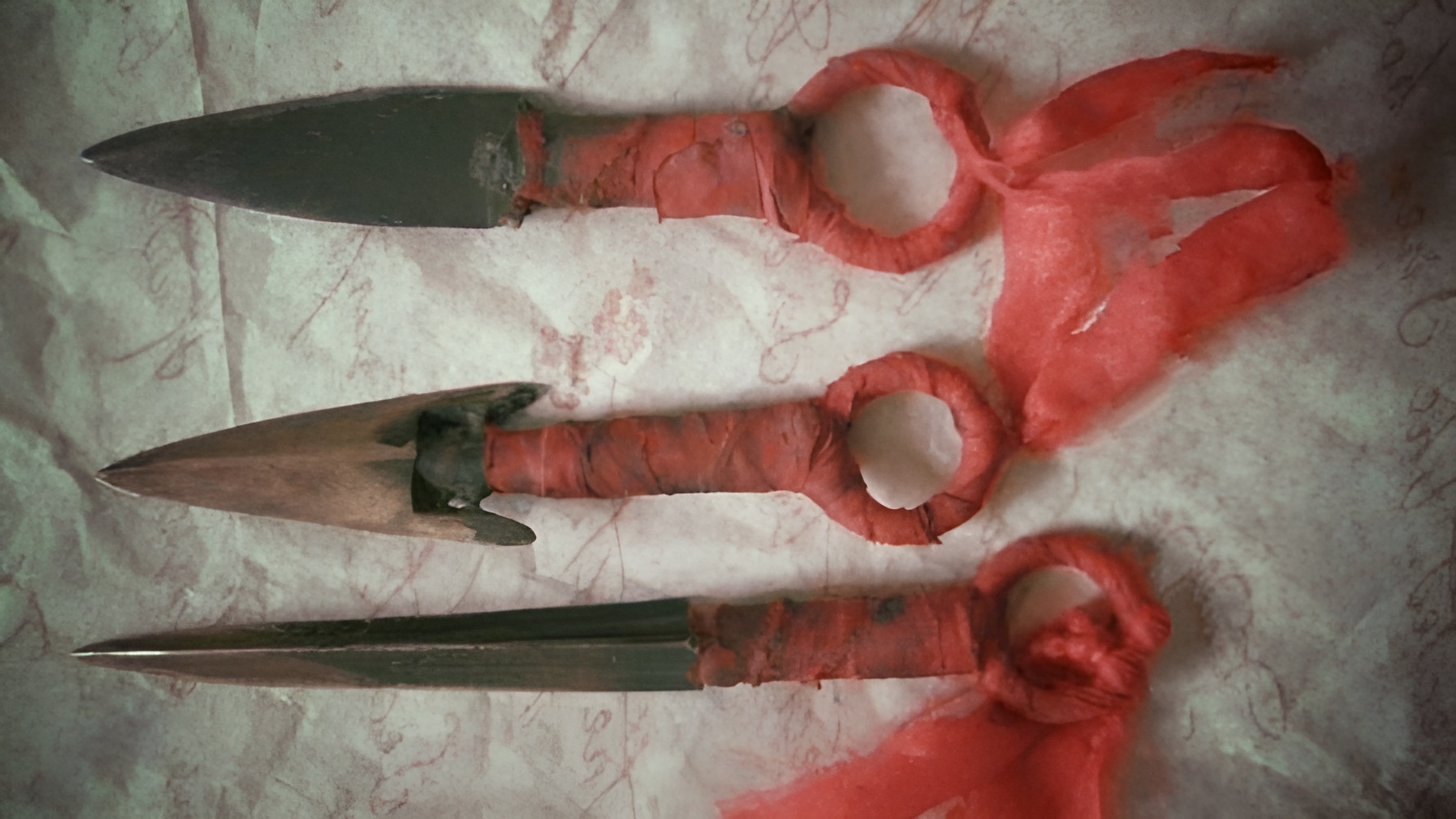Authors Note;
The following article has been taken from information inside the Warrior Heart 戰士心 tradition. This information has been presented for historical interest, but for obvious reasons, we will not disclose any potentially harmful detail.
The Most Terrifying Concealed Weapon in Ancient Times
In the annals of ancient martial arts, few weapons evoke as much fear and intrigue as the poisoned dart. Renowned for its lethal effectiveness and insidious nature, this concealed armament was not merely a tool of death but also a symbol of the darker aspects of human conflict. Often referred to as the poisoned flying dart, or du feibiao 毒飛鏢, it was crafted in various forms – triangular, five-edged, and cylindrical – typically measuring around three inches and seven tenths in length, with a weight of six to seven liang 兩.
There are two primary variants of poisoned darts: the ribbon dart, or daiyi biao 帶衣鏢, adorned with red and green silk tassels approximately two inches long, and the plain shaft dart, or guanggan biao 光桿鏢, which lacks such embellishments. The craftsmanship involved in creating these lethal implements was not limited to mere aesthetics; it also encompassed intricate methods of poison application. The poisons could be integrated into the dart through boiling or by concocting a paste that coated the darthead.
The ingredients used for these poisons were particularly notorious, often derived from agents that caused severe necrosis and blood loss. Knowledge of their formulation was closely guarded within the warrior community, as it was considered an affront to the principles of honour and integrity. The code of the underworld dictated that employing hidden weapons was already a dishonourable act; the use of poison took this dishonour to a new level. Thus, the deployment of poisoned darts was reserved for dire circumstances, used only when absolutely necessary.
Third Grade: Stinking Rotting Dart 第三等:臭爛一生鏢
The first of these, the Stinking Rotting Dart, or chou lan yi sheng biao 臭爛一生鏢, contained poisons that produced excruciating effects. When a victim was struck, the resultant wound became festering and could not heal, leading to a continuous flow of pus and water. This wretched state persisted without any possible cure, earning the dart its ominous name.
Second Grade: Seven Deaths and One Life Dart 第二等:七死一生鏢
The second classification, the Seven Deaths and One Life Dart, or qi si yi sheng biao 七死一生鏢, featured a more potent poison. A victim struck by this dart would suffer deep and intense pain, with death becoming inevitable within seven days if untreated. This precarious balance of life and death led to the dart’s grim designation.
First Grade: Blood-Seeing Death Dart 第一等:見血奪命鏢
Finally, the Blood-Seeing Death Dart, or jian xue duo ming biao 見血奪命鏢, represented the highest level of toxicity. Those unfortunate enough to be struck would bleed from their throat, leading to swift demise. Unless a critical antidote was bestowed upon them by the assailant, death was all but certain.
A Potent Reminder
The poisoned dart serves as a potent reminder of the ruthless strategies employed in ancient warfare. Its legacy extends beyond mere weaponry, reflecting the moral complexities of combat and the lengths to which individuals would go to secure power or revenge. In a world where honour was paramount, the use of such treacherous weapons highlighted the darker impulses of humanity – an enduring testament to the shadowy interplay of life and death on the battlefield.

Qing 清 era du feibiao 毒飛鏢
